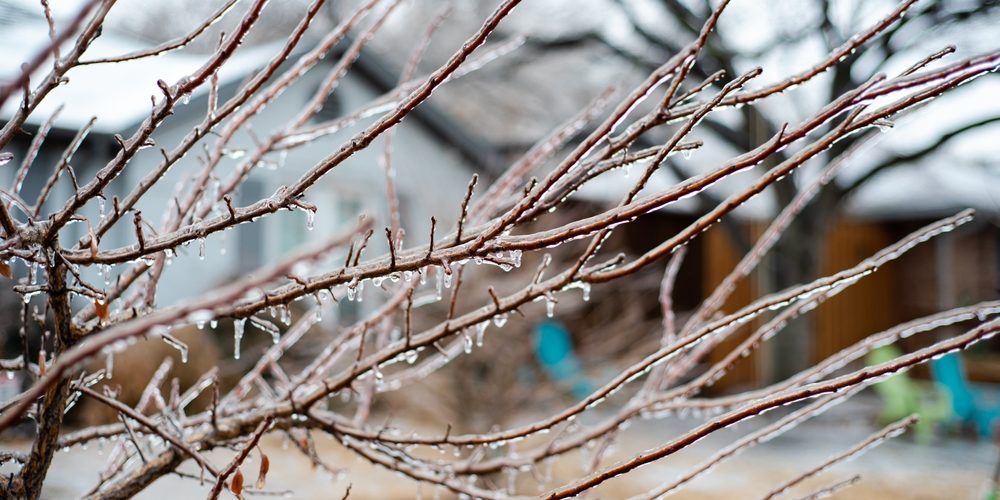The timing of tree pruning depends on several factors, including the specific goals of the pruning, the type of tree, and regional climate conditions.
In general, trees can be pruned during different seasons for various purposes…
- Dormant Season (Late Winter to Early Spring) – This is the most common time for pruning, especially for routine maintenance and structural pruning. Pruning during the dormant season, before new growth begins, has several advantages:
- Reduced stress on the tree since it’s not actively growing.
- Improved visibility of the tree’s structure without leaves.
- Minimized risk of disease transmission, as many pests and pathogens are less active.
Use dormant season pruning for:
- Structural pruning to correct shape or remove crossing branches.
- Removal of dead, diseased, or damaged branches.
- Crown cleaning (removing weak or crowded branches).
- Late Spring to Early Summer – Some tree species, like oaks and elms, are susceptible to oak wilt and Dutch elm disease, which can be transmitted by bark beetles attracted to fresh wounds. For these species, it’s often recommended to avoid pruning during the growing season, typically from April to early June when beetles are most active. Safety and health-related pruning should still be performed if necessary.
- Late Summer to Early Fall – If you’re primarily concerned with reducing the tree’s size or canopy density, you can consider pruning during late summer to early fall after the tree’s growth has slowed down. Avoid heavy pruning during this period to minimize stress on the tree.
- Late Fall to Winter – In regions with mild winters, late fall to early winter can be suitable for pruning, especially for deciduous trees. Pruning during this time allows you to see the tree’s structure after leaf drop, and the tree is entering dormancy.
- Seasonal Considerations – Flowering trees are often pruned immediately after they bloom to avoid removing potential flower buds for the next season. Fruit trees may have specific pruning windows to maximize fruit production and quality, depending on the type of fruit.
Some tree species have specific preferences and requirements for pruning timing, so it’s advisable to consult with a certified arborist or tree care professional, especially for more complex or sensitive tree species.
Regardless of the season, proper pruning techniques and guidelines should be followed to ensure the health and longevity of the tree. Always consider the tree’s specific needs and objectives when determining the best time for pruning.




